Unboxing, dimensions and connections
 Nvidia also talks about a "Founders Edition" in the GeForce GTX 170 Ti, instead of the previously used and perhaps now too banal-sounding word "reference design". From a purely visual lynot, the design always follows the zeitgeist, while the design in the DHE cooling concept (Direct Heat Exhaust) has not changed for years. The card is haptically fine, because the cover not only looks metallic, it is also thanks to aluminum casting. But more on that.
Nvidia also talks about a "Founders Edition" in the GeForce GTX 170 Ti, instead of the previously used and perhaps now too banal-sounding word "reference design". From a purely visual lynot, the design always follows the zeitgeist, while the design in the DHE cooling concept (Direct Heat Exhaust) has not changed for years. The card is haptically fine, because the cover not only looks metallic, it is also thanks to aluminum casting. But more on that.
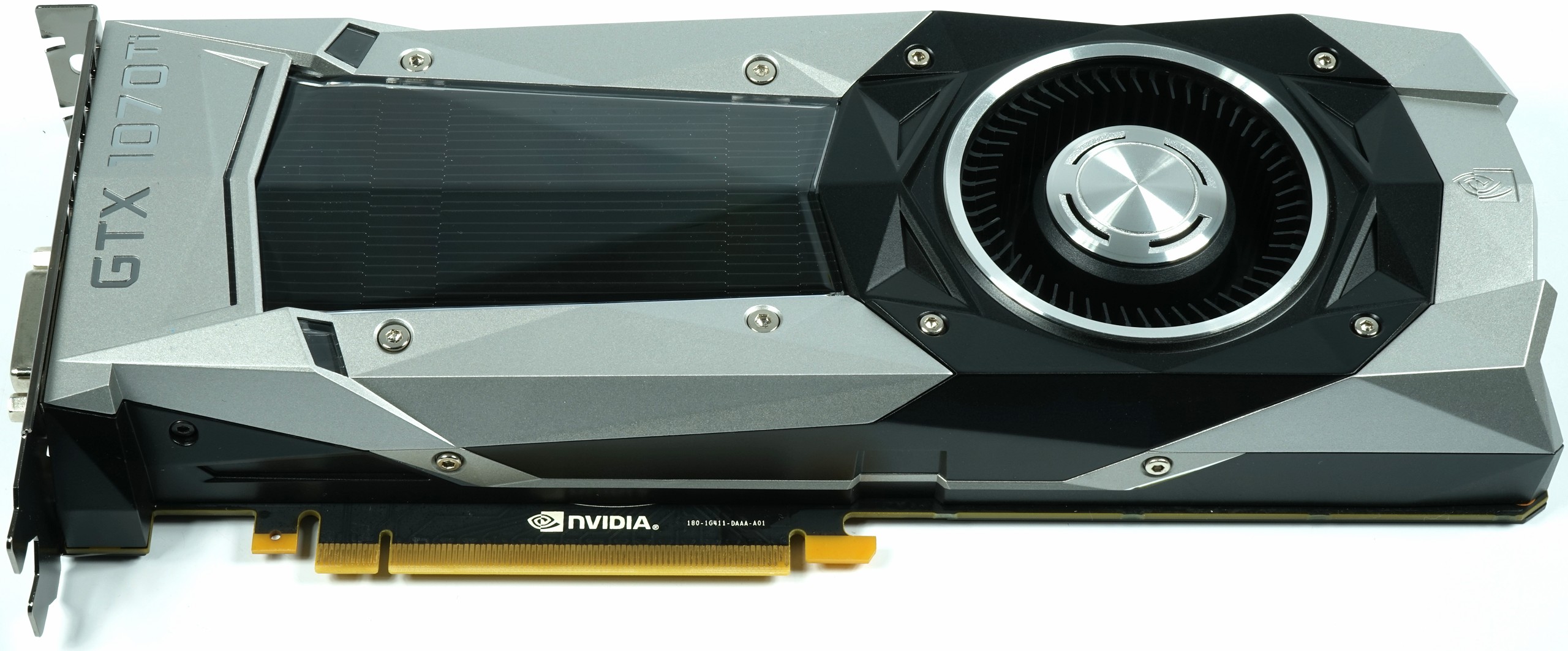
We will also discuss the exact board and cooling design separately later. The most important features are first summarized in a table:
| Overview of installation dimensions, features and connections | |
|---|---|
| Installation length: |
27.0 cm (slot aperture to end cover) |
| Installation height: |
10.5 cm (upper edge slot to top card) |
| Depth: |
3.8 cm (2-slot) 0.5 cm baking plate |
| Weight: |
1020 grams |
| Backplate: | Yes, without passive cooling function |
| Cooling: | Air cooling, DHE system, radial fan |
| Connections Slot blend: |
3x DisplayPort 1.4 1x HDMI 2.0 1x Dual-Link DVI-I |
| Other shots: |
2x SLI Connector |
| Power supply: |
1x 8-pin PCI-Express |
Exterior views
The radiator cover made of aluminium injection moulding is, as with the two sisters GeForce GTX 1070 and GTX 1080, painted in two colours in silver metallic and black. Especially the silver-matt surfaces are therefore quite scratch-sensitive as a result.
The metal cover provides a cool, high-quality impression, but also results in a relatively high weight of more than one kilogram. Both cards – GeForce GTX 1070 Ti FE and GTX 1080 FE – have almost the same weight, only the GeForce GTX 1070 FE is just under 10 grams lighter.
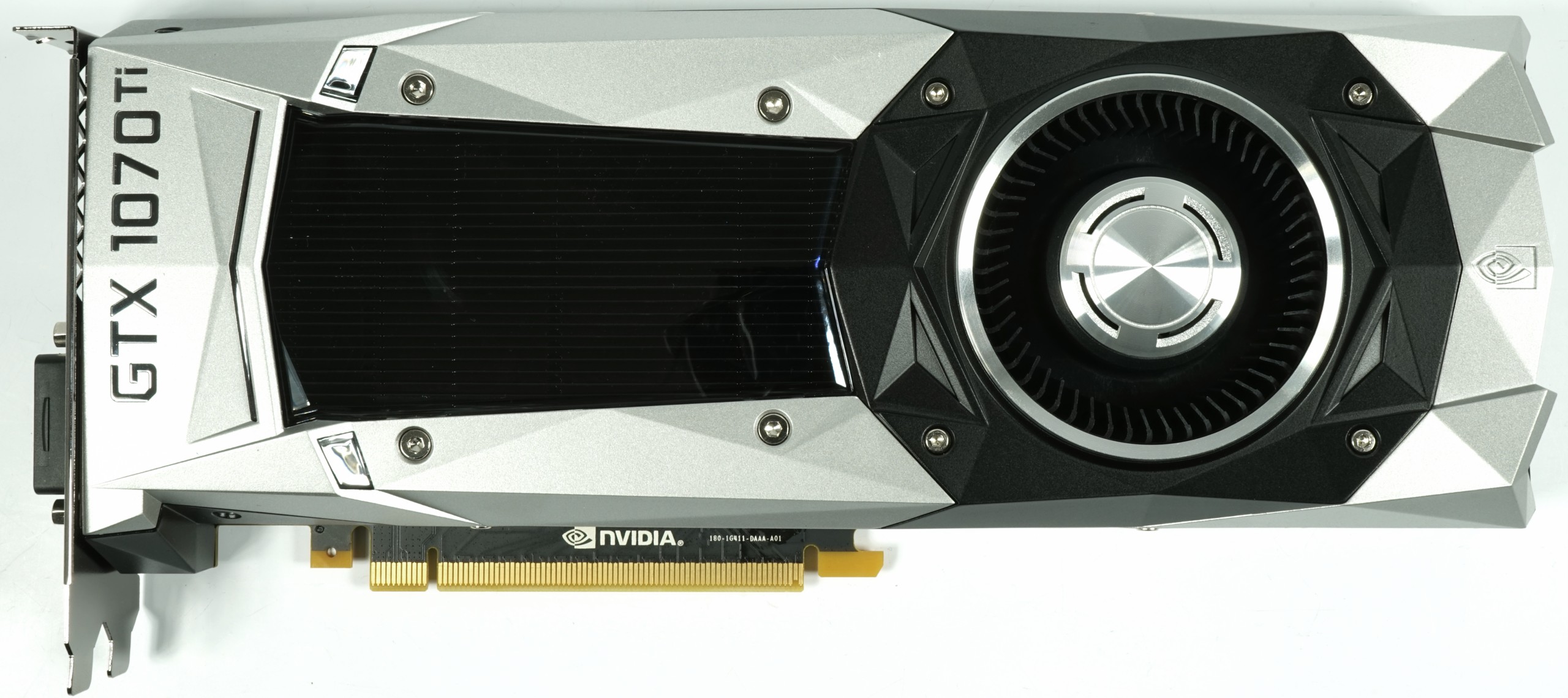 |
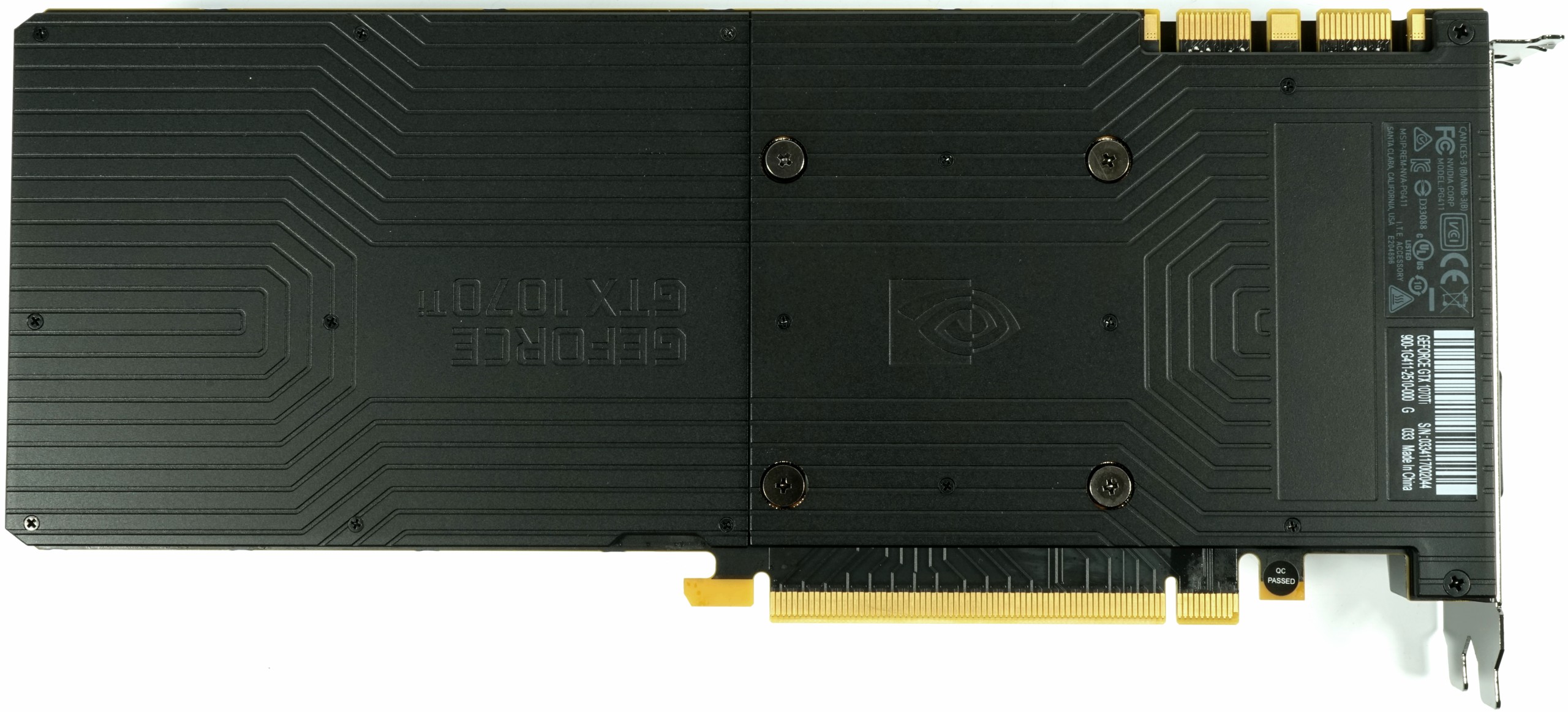 |
The back of the board is also covered by a two-piece backplate, which is pure optics but does not provide any amount for cooling. If the space becomes too narrow with the SLI or if you prefer a slightly better ventilation of the back of the board, both parts of the backplate can be unscrewed without hesitation.

The top of the card is embossed with the green GeForce GTX lettering, the 8-pin PCIe power supply connector sits at the end of the card. The very edgy and jagged design is certainly a matter of taste, but definitely stands out.

As with the GeForce GTX 1070 FE, the end of the card shows the slats of the air inlet and the mounting frame, which offers a total of three screw threads to relieve the card with suitable brackets in the housing.
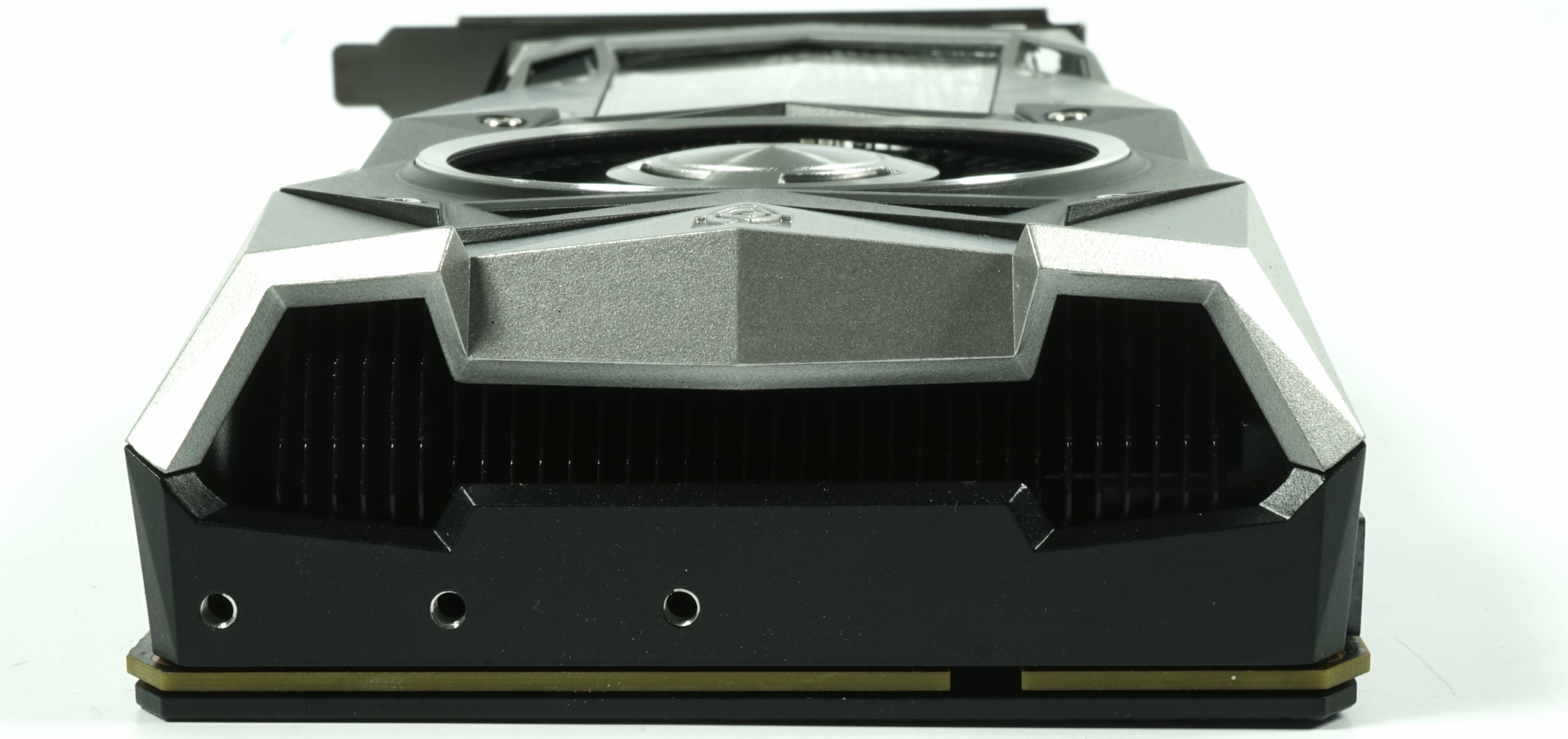 |
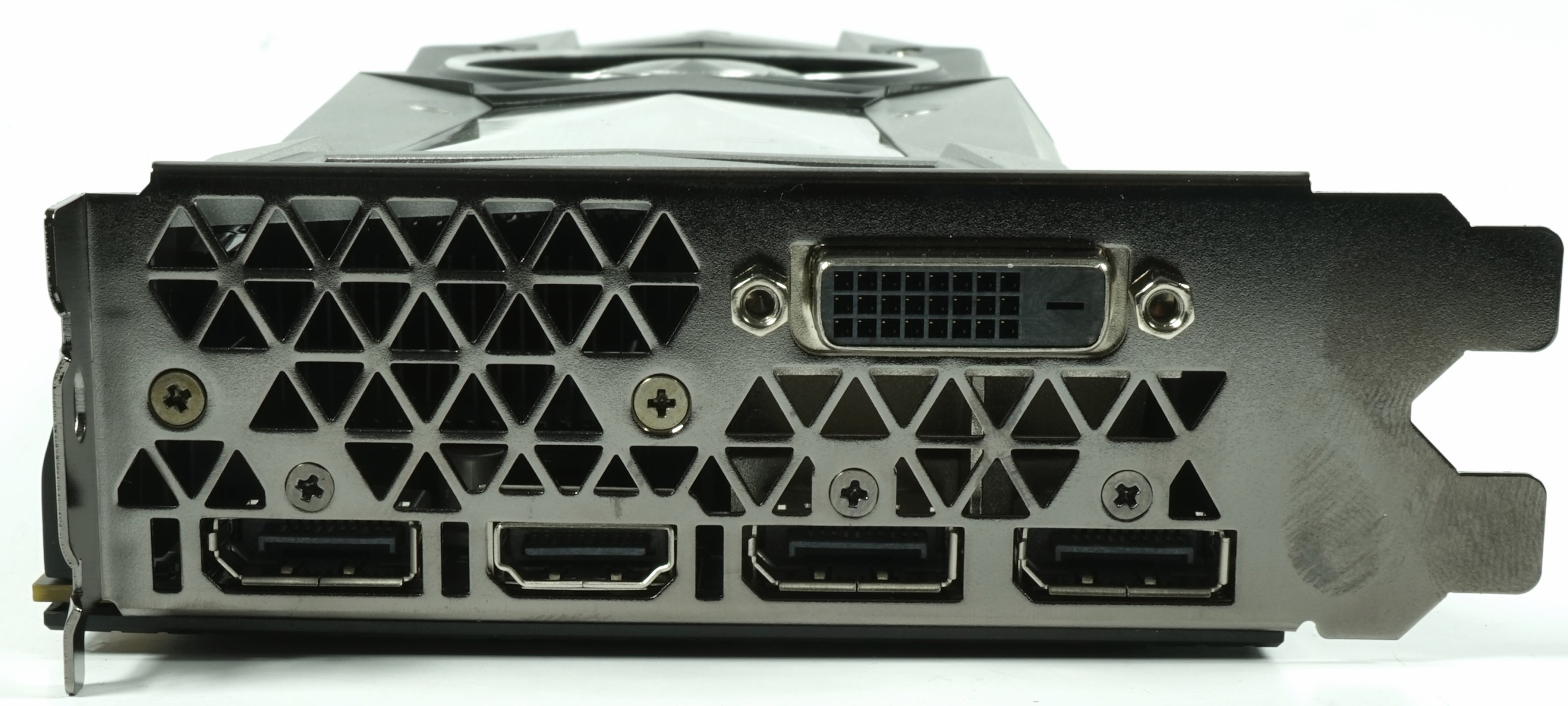 |
The slot aperture adorns a total of five outputs, a maximum of four of which can be operated together in multi-monitor setups. In addition to the dual-link DVI-D (no analog signal looped through!), there is an HDMI 2.0 output and three DisplayPort 1.4 ports on the back. The rest of the slot aperture is equipped with lots of openings for the air outlet.
Cooling system and backplate
Unfortunately, the two-piece backplate does not have an active cooling function, but only serves the better optics.
 In contrast to the smaller sister 1070 FE, Nvidia relies on a true vapor-chamber solution for the dissipation of the generated waste heat, which is screwed as a compact module with four screws on the board next to the GPU socket. A total of 51 parts (including all screws) are now on the table, 12 more could be if you also remove the fan completely.
In contrast to the smaller sister 1070 FE, Nvidia relies on a true vapor-chamber solution for the dissipation of the generated waste heat, which is screwed as a compact module with four screws on the board next to the GPU socket. A total of 51 parts (including all screws) are now on the table, 12 more could be if you also remove the fan completely.
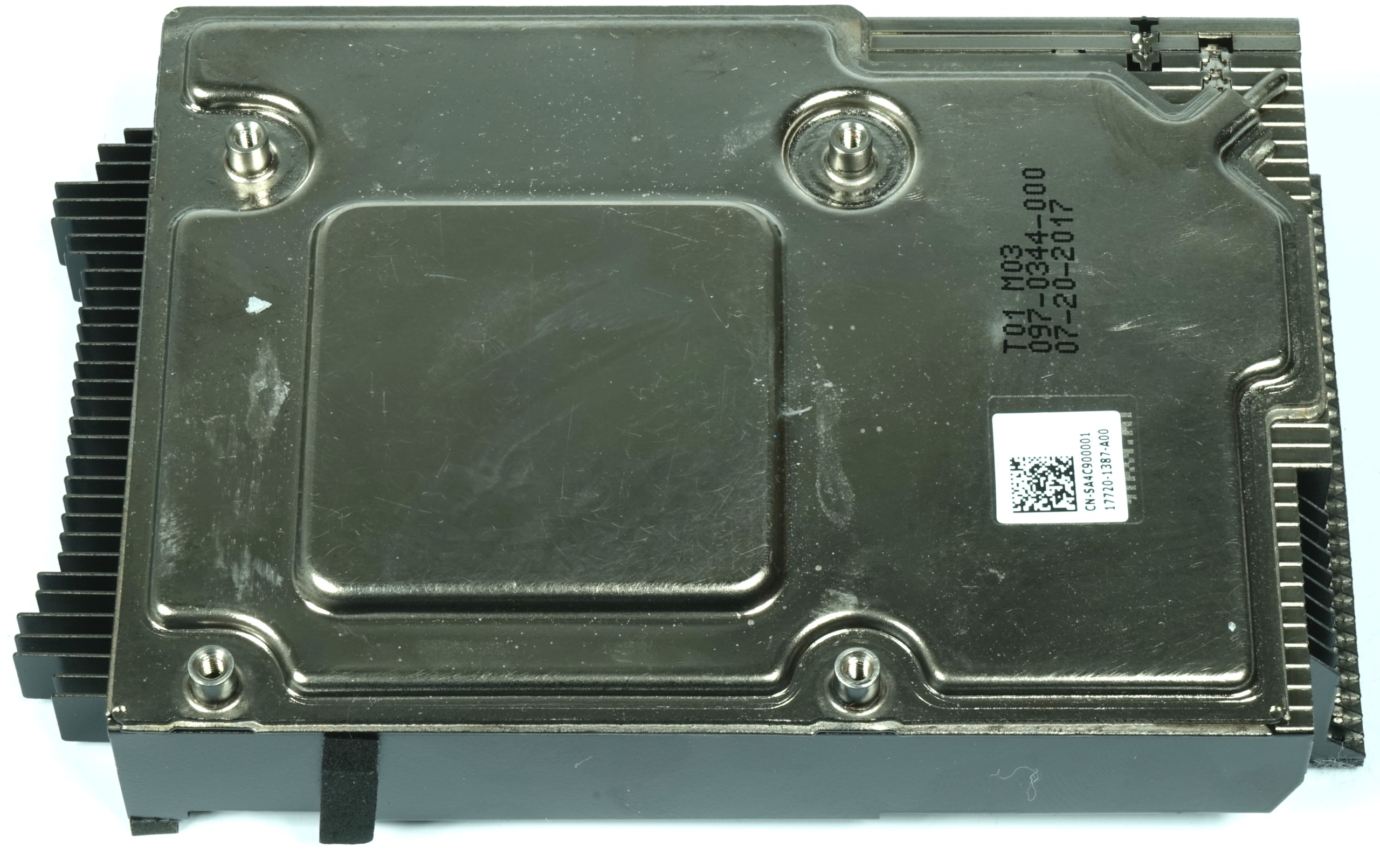 |
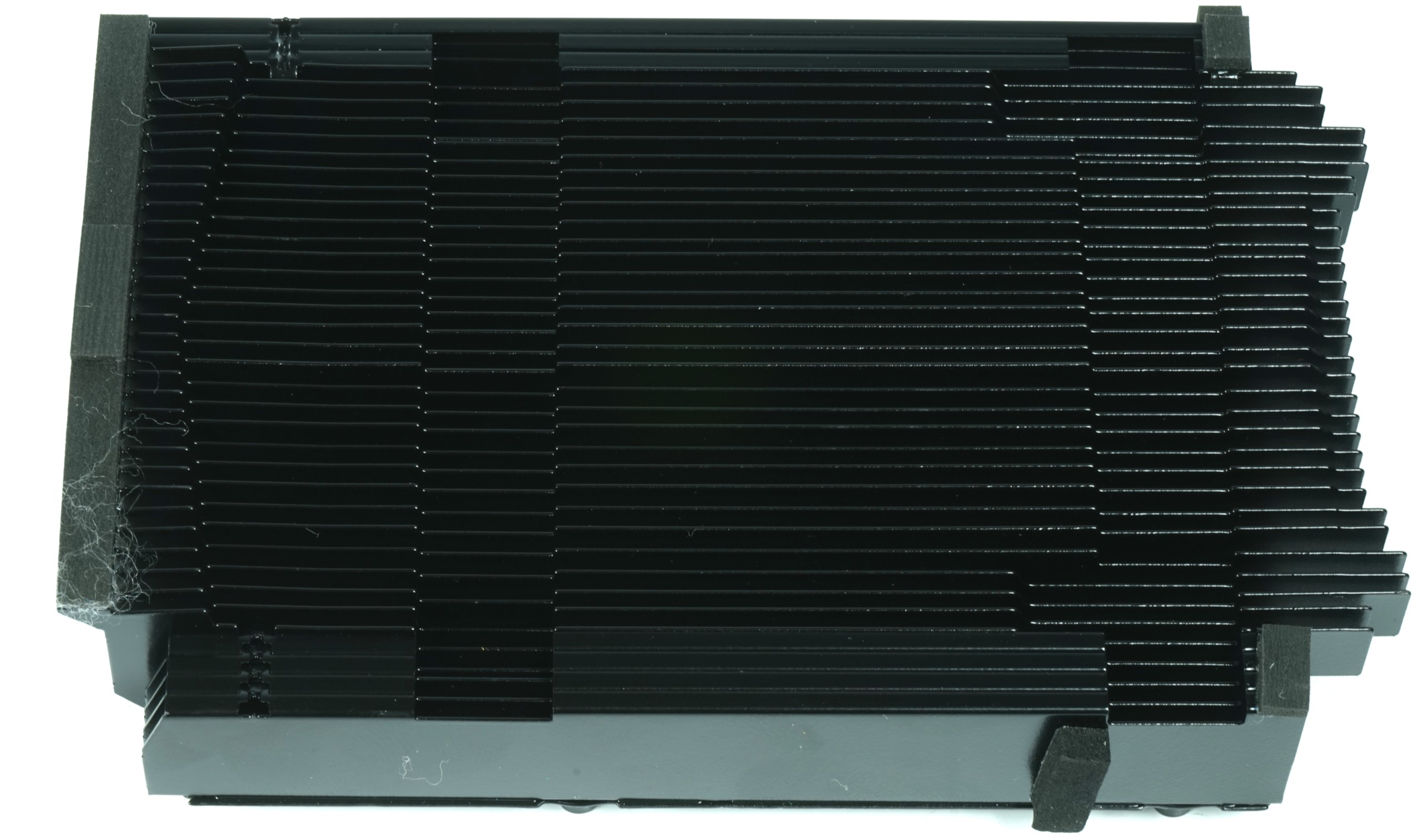 |
The radial fan is not an absolute novelty and, as a pure DHE solution (Direct Heat Exhaust), blows the sucked air outwards through the slats of the cooler towards the slot aperture. The entire mounting frame (frame) is used not only to stabilize the card, but also to cool components such as voltage converters and memory.
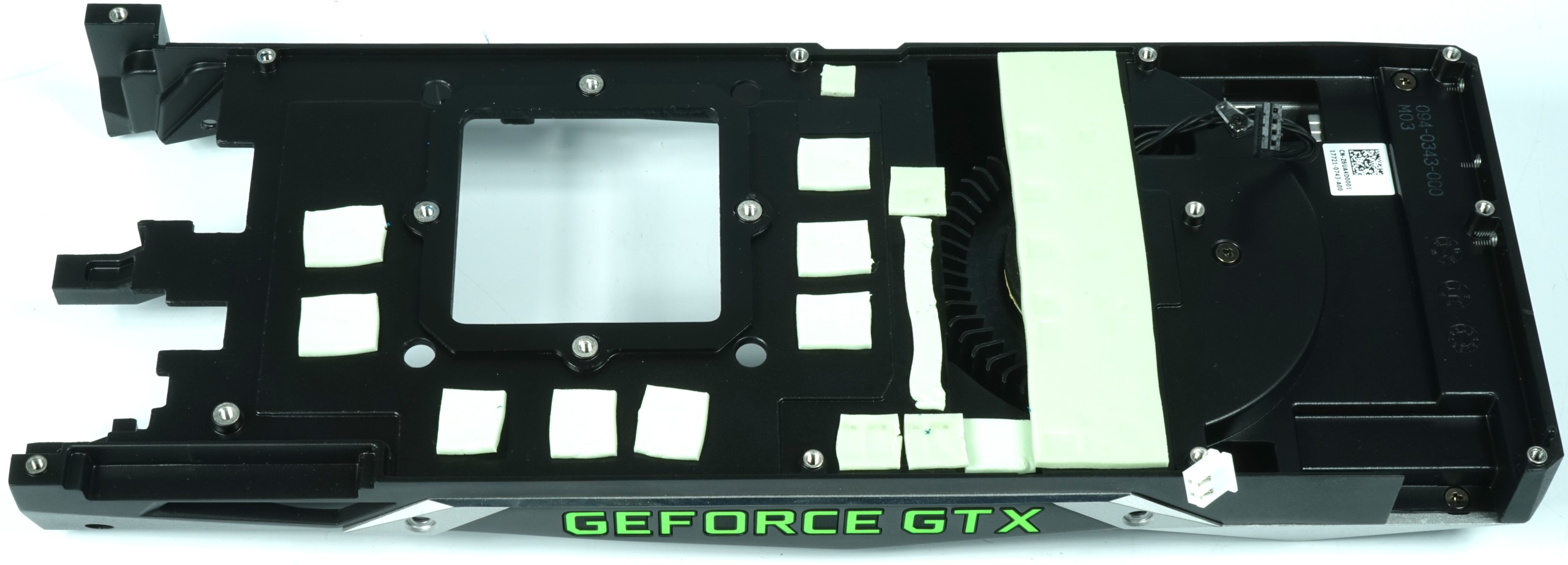
| Cooling system at a glance | |
|---|---|
| Type of cooler: | Air Cooling, DHE (Direct Heat Exhaust) |
| Heatsink: | Large Hybrid Varporchamber |
| Cooling fins: | Aluminum, horizontal alignment, narrow |
| Heatpipes | No |
| VRM cooling: | via cooling frame |
| RAM cooling | via cooling frame |
| Fan: | Radial fan |
| Backplate | Aluminum, blackened no cooling function |
Power supply and components
A glance at the board shows that there would have been much air for more. In addition to the one phase for memory, only five of the six possible phases for the GPU are equipped and interconnected. There would also have been room for another PCIe power supply socket. The board is almost 100% the reference board of the GeForce GTX 1080 FE, but has a newer revision.
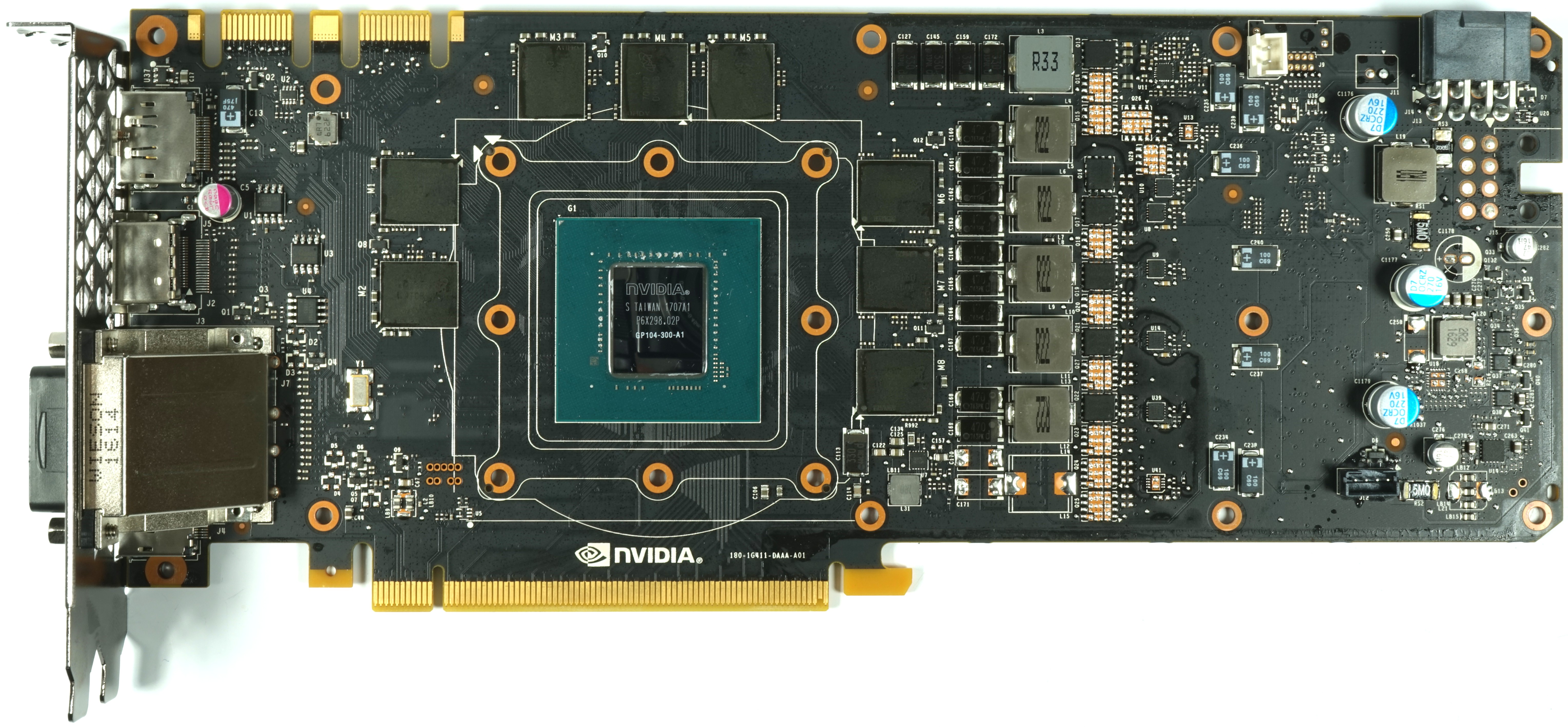
The 5+1 phase system relies on the standard uP9511P from UPI Semiconductor as a PWM controller. Since the PWM controller cannot directly address the MOSFETs of the individual voltage converter phases, Nvidia relies on solid gate drivers with the 53603A from Texas Instruments to control the Power MOSFETs 4C85N from ON Semiconductor. This is a fairly resilient dual-channel MOSFET for the DC/DC voltage converter range with sufficiently high reserves.
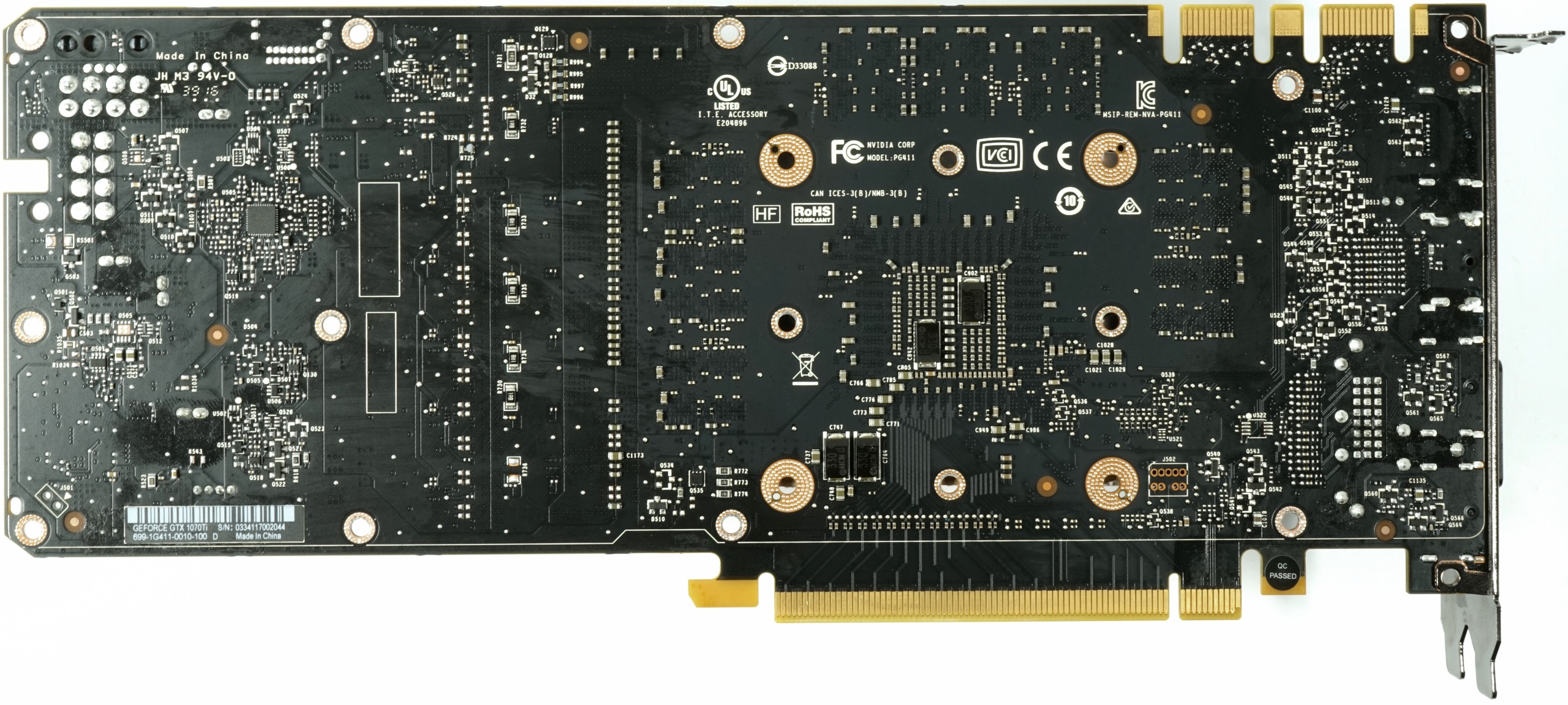
GPU Power Supply
|
||
|---|---|---|
| PWM Controller | uP9511 UPI Semiconductor 8-Phase PWM Controller |
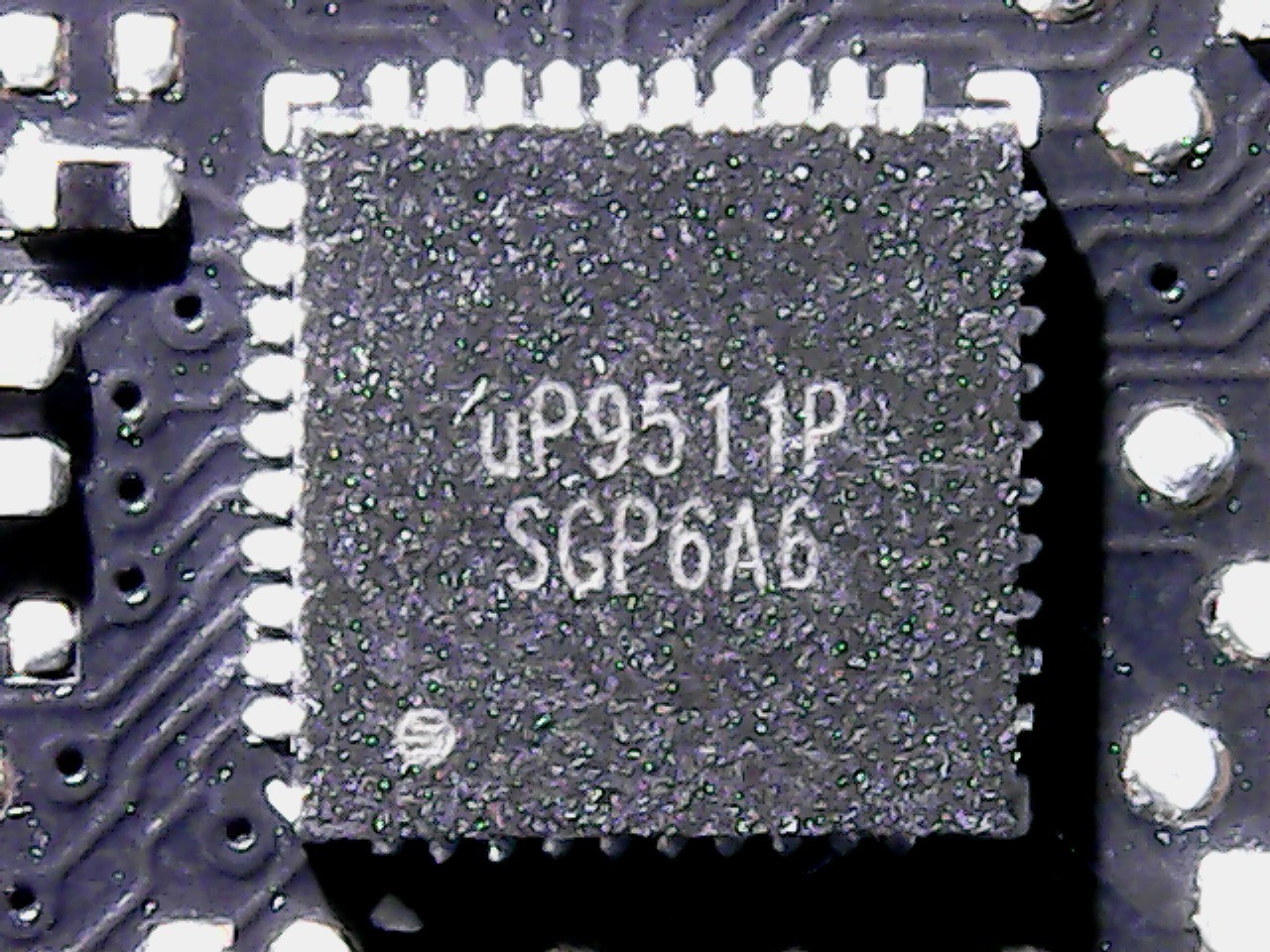 |
| Gate Driver | 53603 Texas Instruments One per Phase |
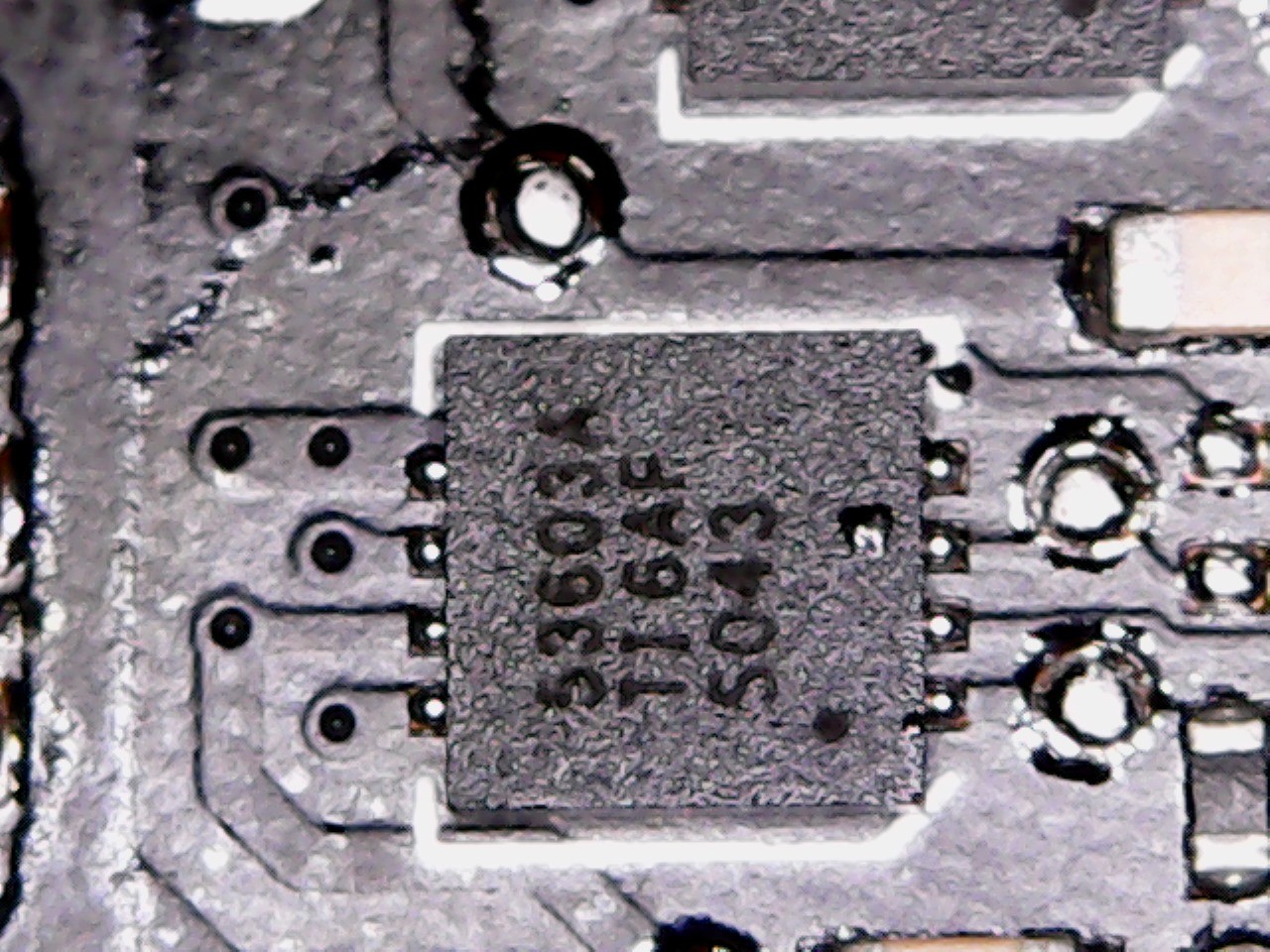 |
| Vrm | 4C85N ON Semiconductor Power MOSFET Dual-N-Channel High- and Low-Side |
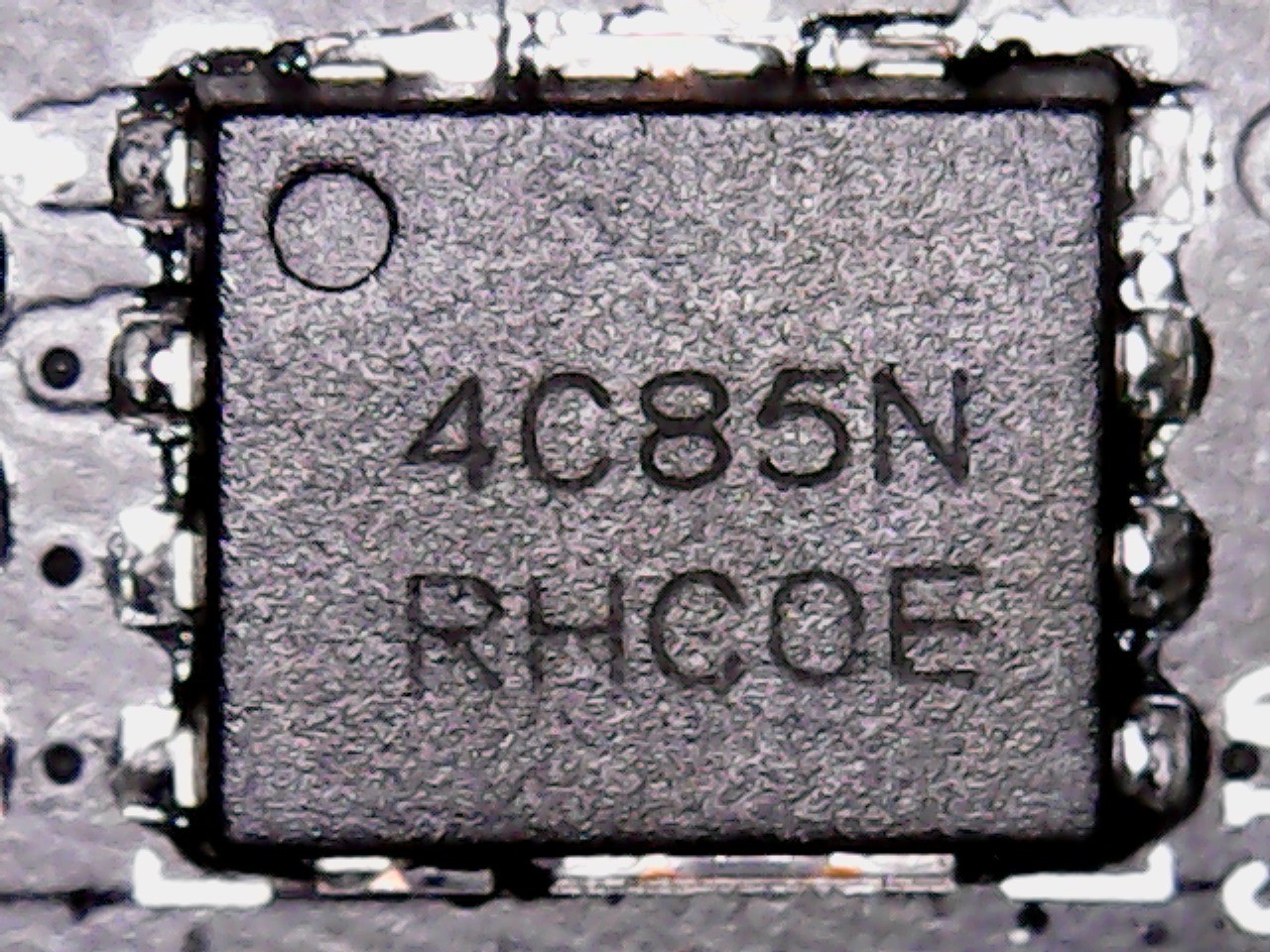 |
| Coils | Encapsulated Ferrite Choke |
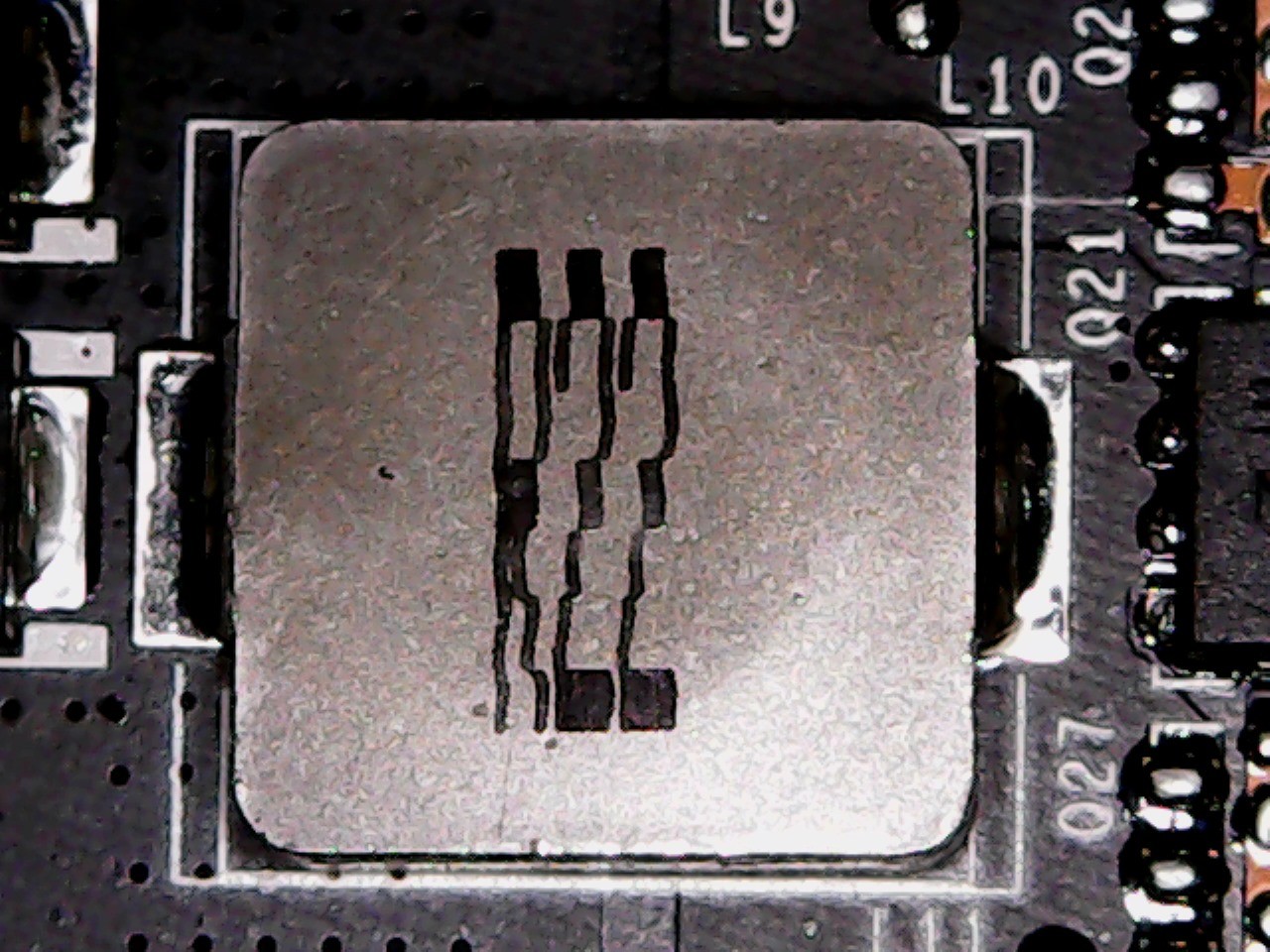 |
Memory and power supply
|
||
| Modules | MT51J256M32HF-80 Micron GDDR5, 8.0 Gb/s 8 Gigabit (32x 256 MBit) eight modules |
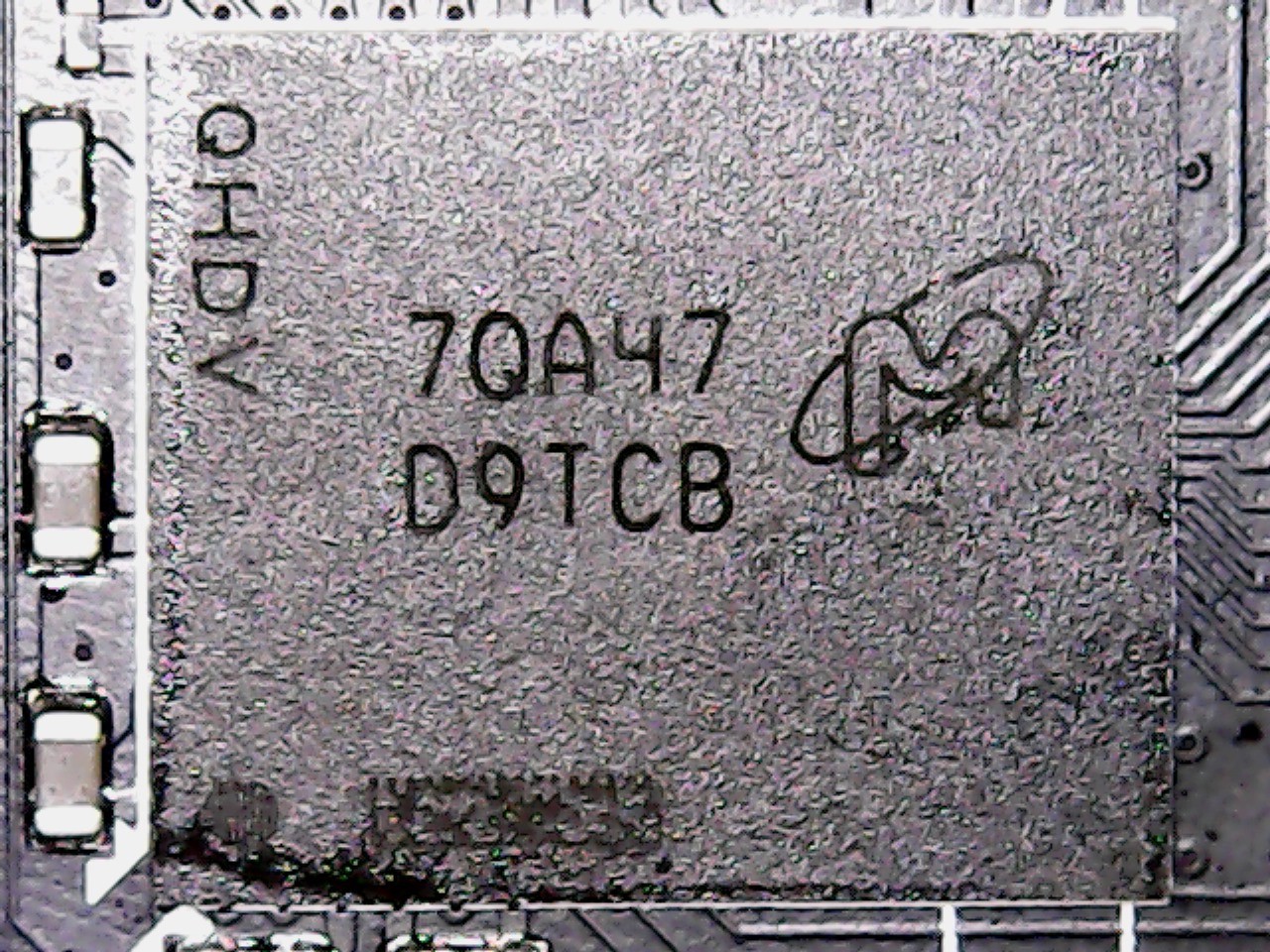 |
| PWM Controller | 1 phase Single Buck Converter Noname |
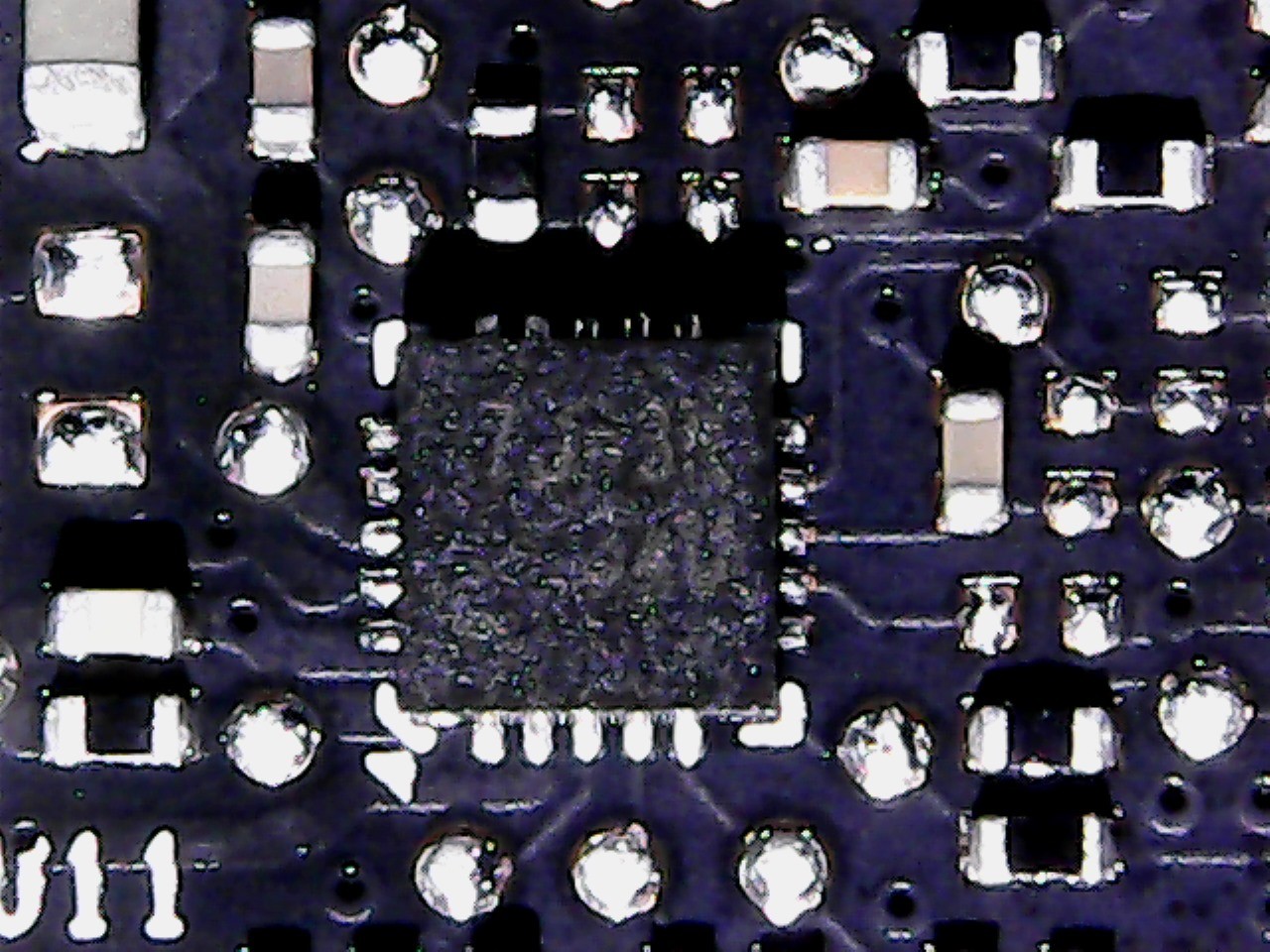 |
| Vrm | 4C85N ON Semiconductor Power MOSFET Dual-N-Channel High- and Low-Side |
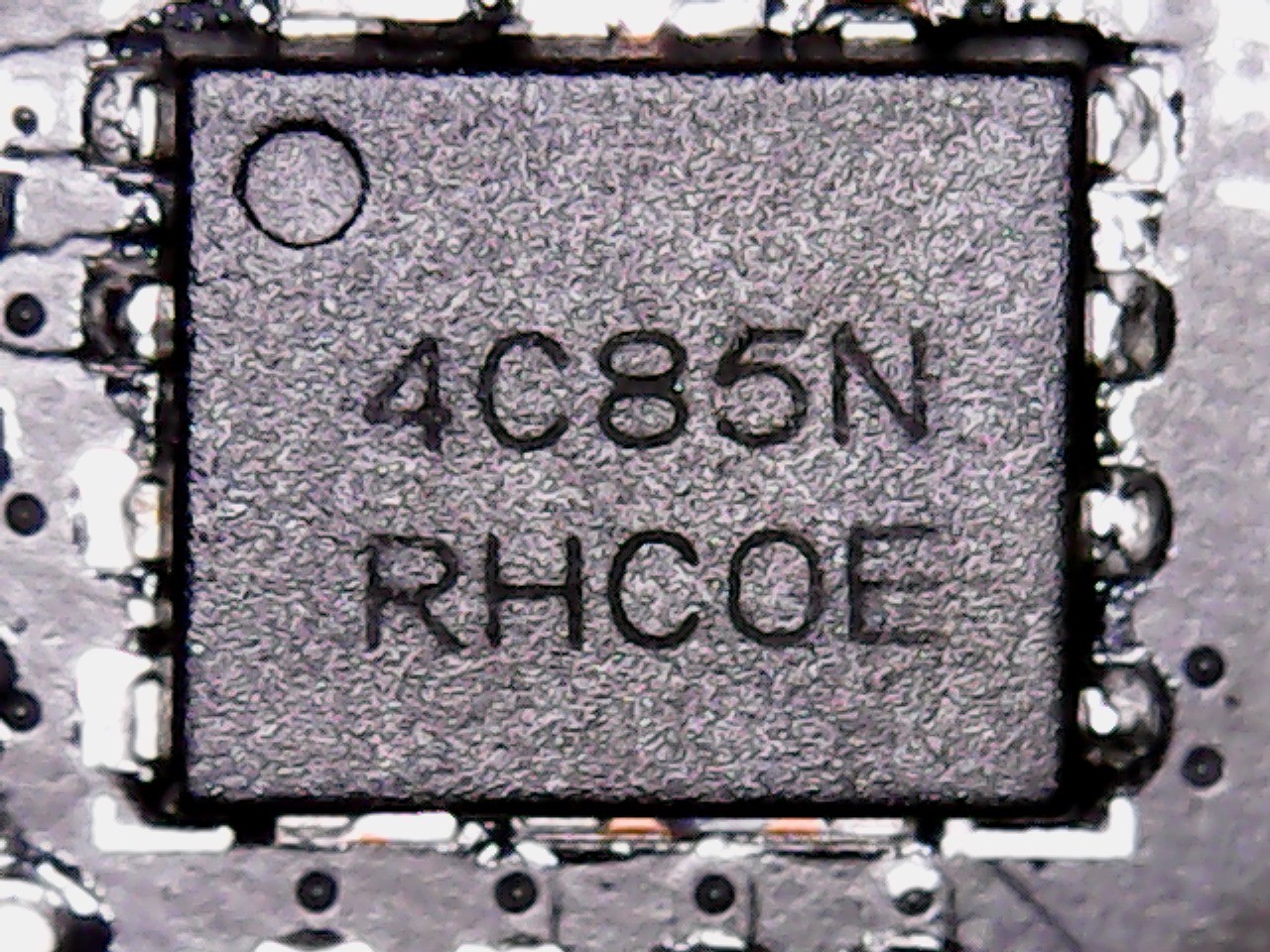 |
| Encapsulated Ferrite Choke 33nH |
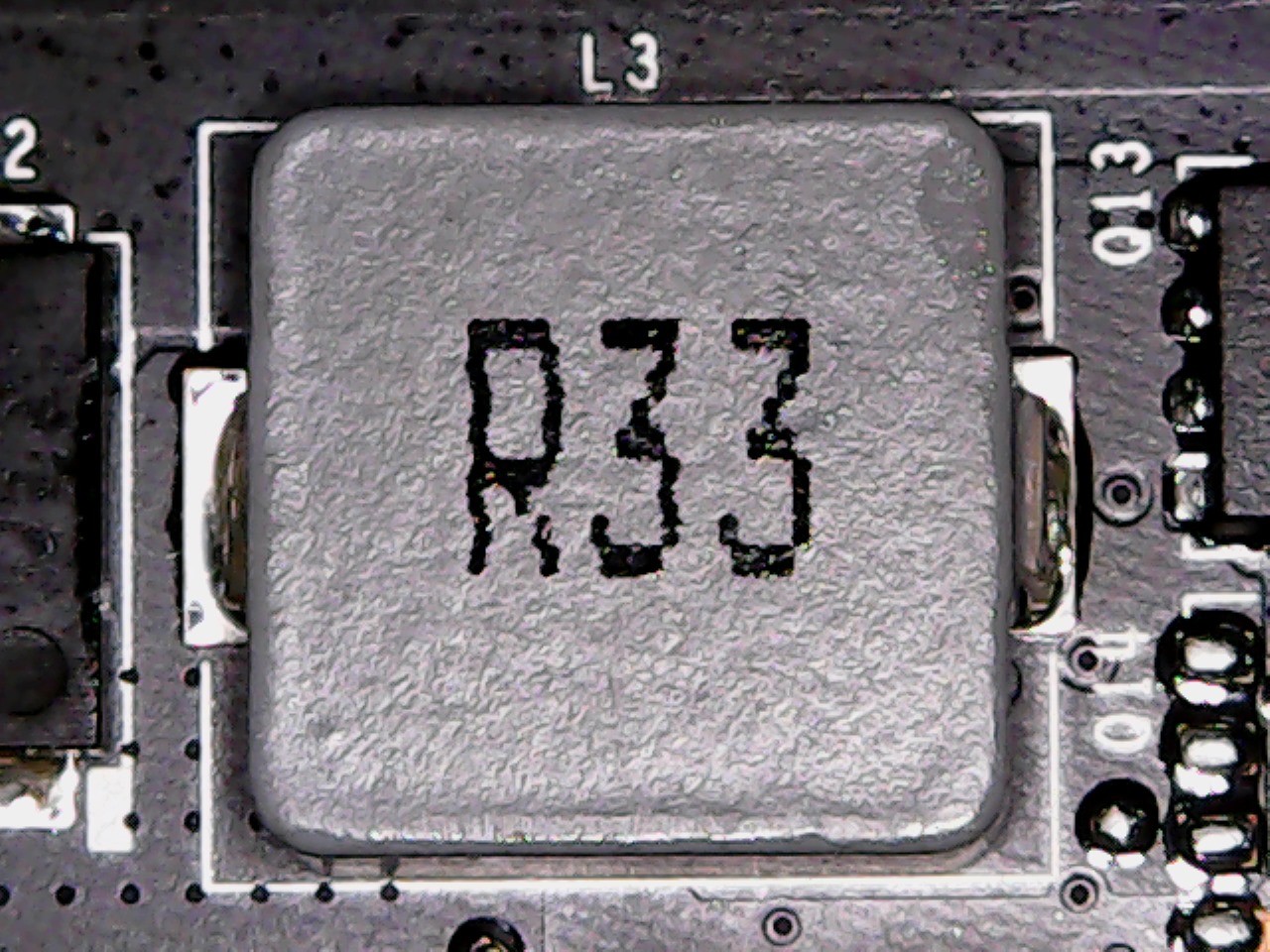 |
|
Other components
|
||
| Monitoring | INA3221 Monitoring Chip Currents, voltages |
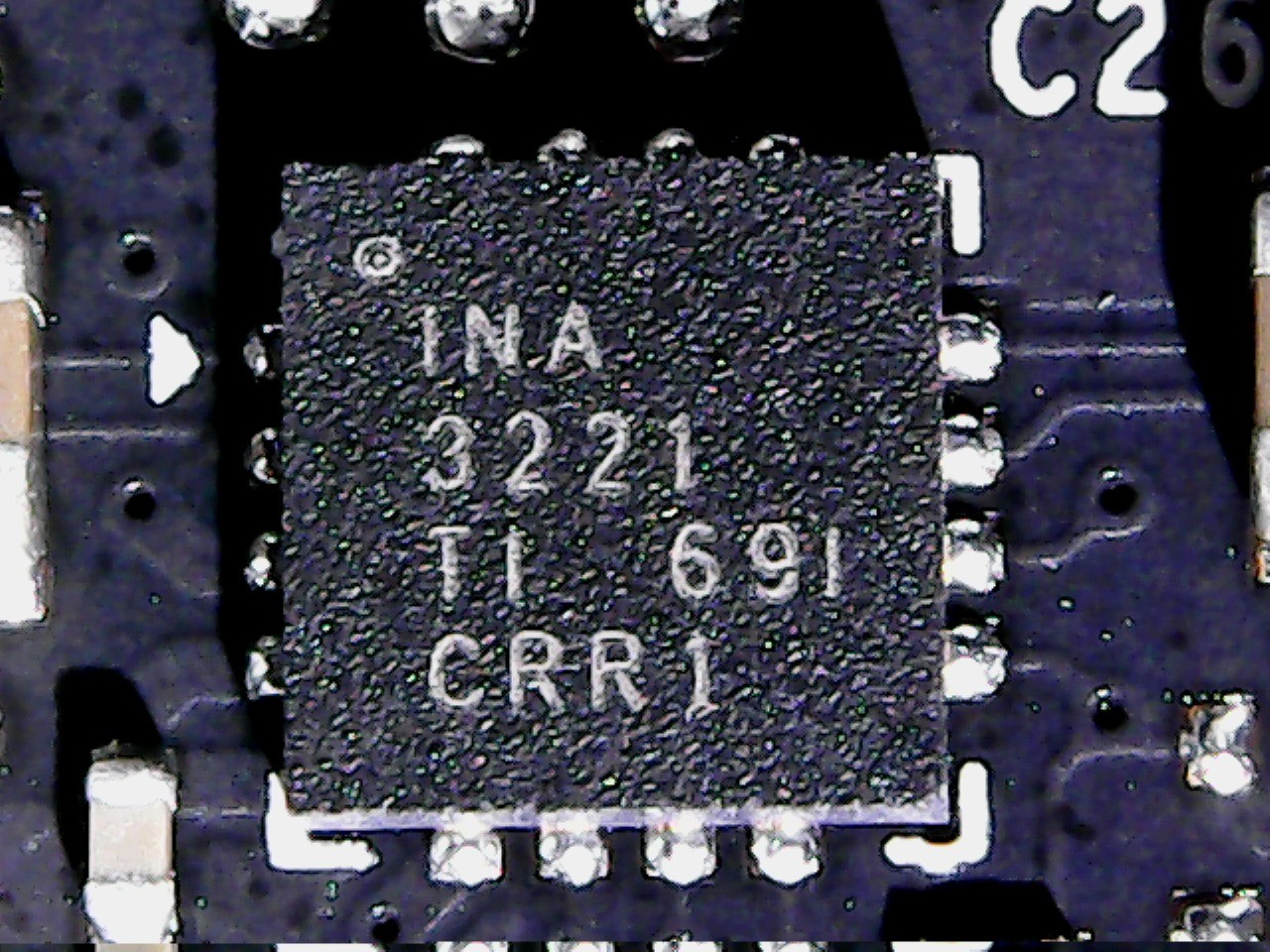 |
| Bios | Winbond 25Q40 Kynix Semiconductor Eeprom Bios |
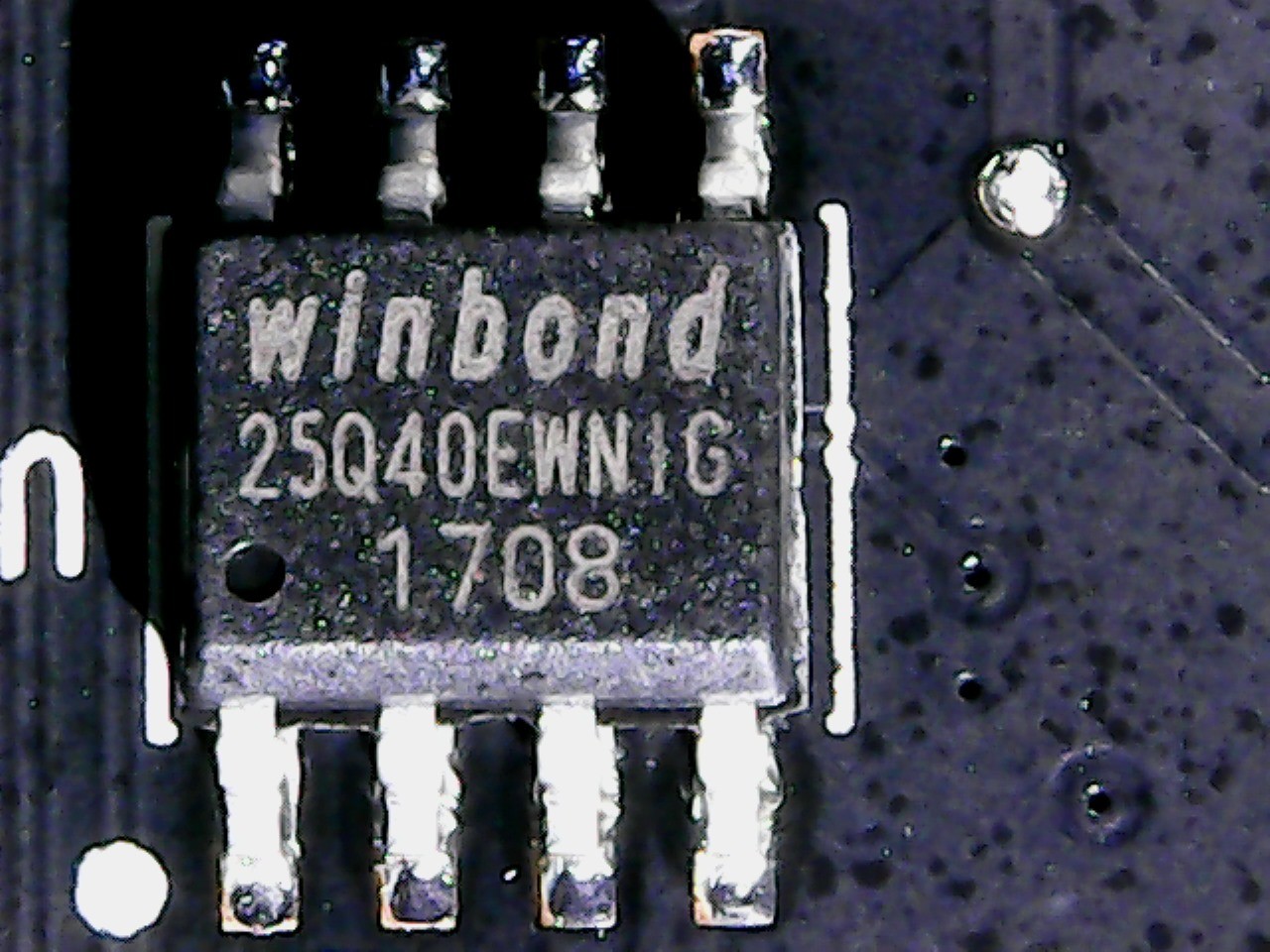 |
| Shunts and filters | 1x coil (smoothing) and shunt after PCIe socket (12V input voltage) | 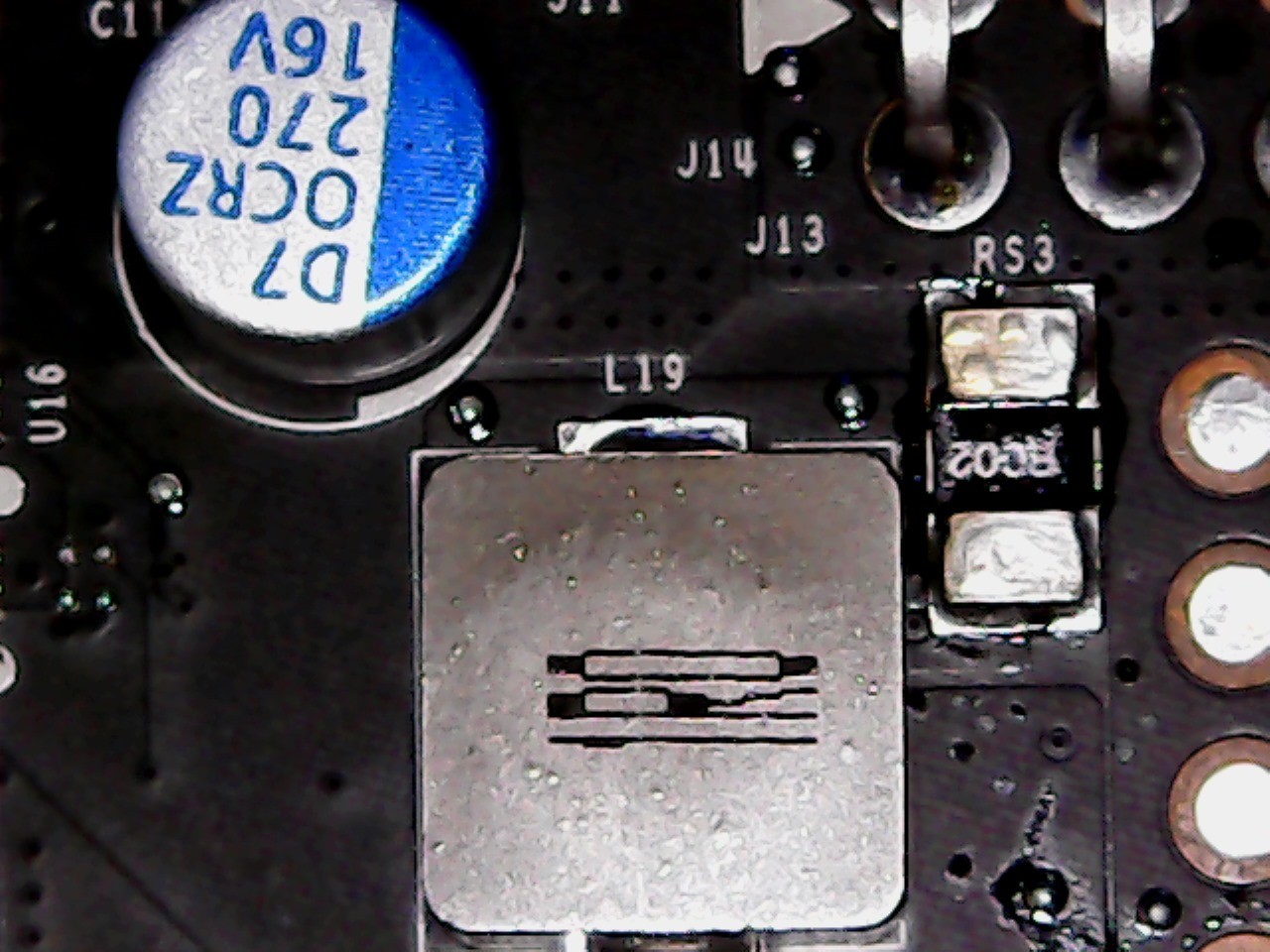 |
More details
|
||
| Other Features |
– 1x 8-pin PCI-Express connectors for power supply – Filter coil in the entrance area |
|
- 1 - Übersicht und Testsystem
- 2 - Testsystem und -methodik
- 3 - Im Detail: Nvidia GeForce GTX 1070 Ti FE
- 4 - Im Detail: MSI GeForce GTX 1070 Ti Titanium
- 5 - Ashes of the Singularity: Escalation (DirectX 12)
- 6 - Battlefield 1 (DirectX 12)
- 7 - Destiny 2 (DirectX 11)
- 8 - Doom (Vulkan)
- 9 - Metro: Last Light Redux (DirectX 11)
- 10 - Middle-earth: Shadow of War (DirectX 11)
- 11 - Rise of the Tomb Raider (DirectX 12)
- 12 - Tom Clancy’s Ghost Recon Wildlands (DirectX 11)
- 13 - Tom Clancy’s The Division (DirectX 12)
- 14 - Warhammer 40,000: Dawn of War III (DirectX 11)
- 15 - The Witcher 3 (DirectX 11)
- 16 - Leistungsaufnahme im Detail
- 17 - Temperaturen und Takt
- 18 - Übertaktung
- 19 - Lüfterdrehzahlen und Geräuschentwicklung
- 20 - Zusammenfassung und Fazit
















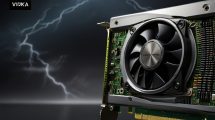















Kommentieren